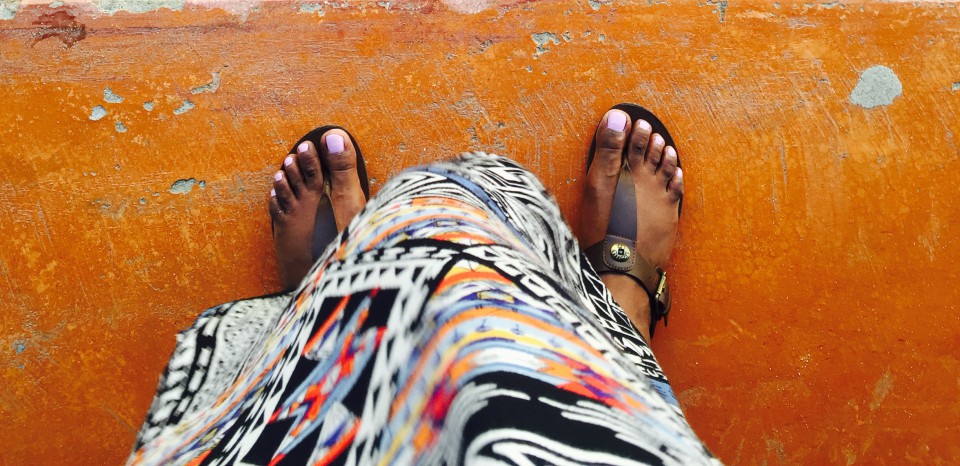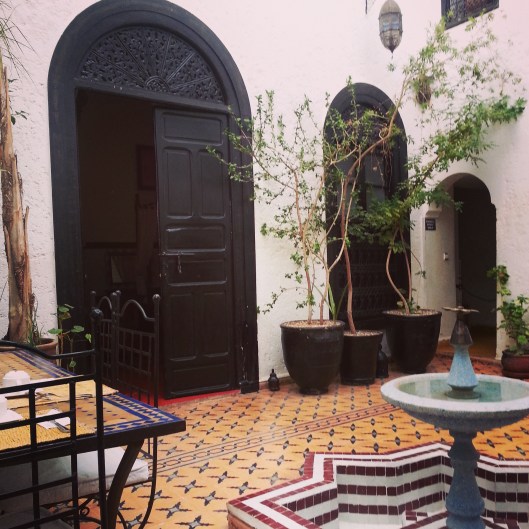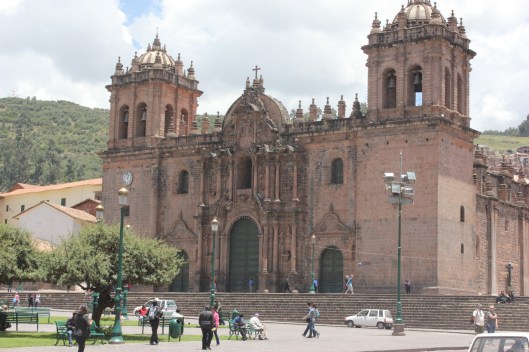Tags
This post sat in draft format for over a year, due to yet another bout of neglect on my parts for this blog. I’m resurrecting it because I’ve been thinking more and more about my trip to Zanzibar and when I can plan my next one.
This trip took place from December 2015-January 2016.
There is something magical in that crystal clear turquoise-blue water that surrounds Zanzibar. So magical, I was compelled to come back and document my trip in this blog so that long after I can reflect on the serenity that washed over me as I roamed around Zanzibar once again.
I was mesmerized by Zanzibar a few years back when I first stepped off the ferry on a short visit. Ever since it captured my heart and I’ve yearned to go back. The chance to revisit came when I found out that two friends planned to ring in the new year in Zanzibar. Following the euphoric frenzy of 2 multi-cultural, multi-event weddings of dear friends that took me to Khartoum and Mombasa, I decided to hop on a flight to Zanzibar and wind down. It was a great idea in principle but getting the logistics together proved to be harder than anticipated. Deciding to purchase a ticket and find accommodation during peak tourism season was not the brightest idea I had.
I managed to find a small B&B in the tip of the island in Nungwi. At the height of their busy season, they could only guarantee me a room for two days. With no other option, I figured it would be good enough and I can sort the rest of my stay while on the island. My B&B was quaint and simple and had stunning views of the beach. My friends, who had planned accordingly stayed at the swanky Z hotel. A worthwhile place to check out if you are planning a stay in the north side of the island.
The first few days in Nungwi were marked by lazy mornings, lounging around, eating amazing fresh fruit and seafood and of course dips in those mesmerizing waters.
From there I relocated to Stone Town. The driver who we became friends with during the initial two days, was kind enough to drive around with me in Stone Town to check out various hotels and find one with availability and not so exuberant prices. I got to take in the bustle of this small port town, and stuff my bag with spices to take back to Sudan. We also squeezed in small excursions to nearby islands and managed to link up with the friends for dinner. The couple that recently tied the knot in Mombasa. My time in Stone Town was filled with walks along the maze of streets and drooling at the beautiful doors.
Unlike the hoards of visitors flocking to Zanzibar to ring in the New Year on the beach, I took the ferry to Dar Es Salaam. I joined a few friends to bid farewell to 2015 and hello 2016 on the rooftop of the Hyatt Regency with the beats of DJ Moma bouncing off the Dar skyline.
On the evening of New Year’s day, I boarded a series of flights bound for Khartoum, all the while thinking of when I can return.



































































































